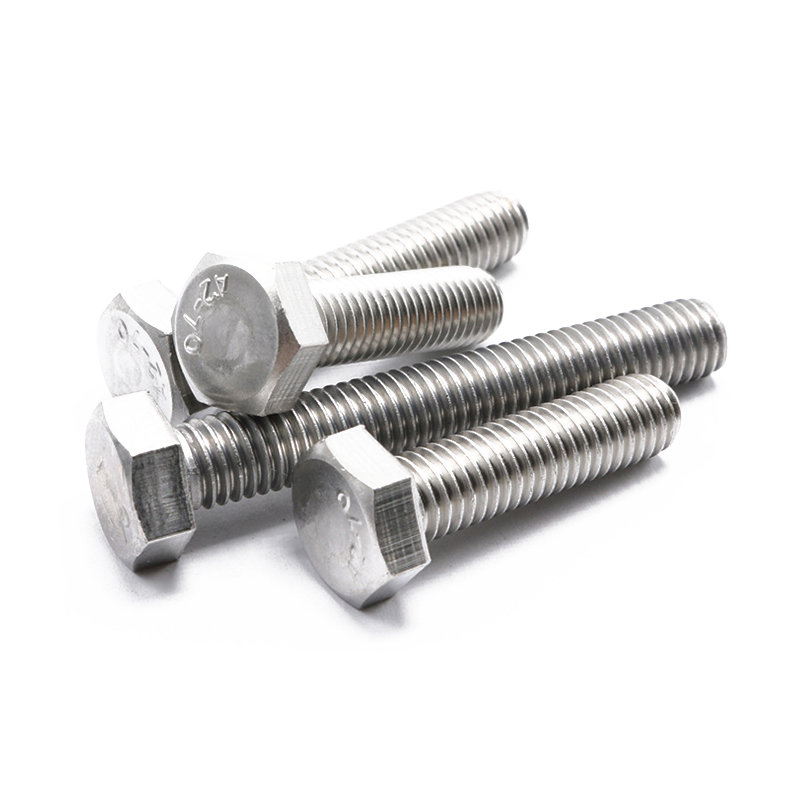Hydrogen embrittlement is a critical concern in the production and application of high-strength carbon steel screws, particularly in industries where mechanical reliability and long-term performance are essential. This phenomenon refers to the loss of ductility and eventual failure of a metal due to the presence and diffusion of hydrogen atoms within its crystalline structure. Understanding how hydrogen embrittlement occurs, especially in carbon steel fasteners, is essential for manufacturers, engineers, and quality control professionals to prevent catastrophic failures.
Hydrogen embrittlement in high-strength carbon steel screws generally involves three primary stages: hydrogen introduction, hydrogen diffusion and trapping, and subsequent embrittlement leading to delayed failure. The initial stage, hydrogen entry, can occur during multiple points in the manufacturing process. Common sources include pickling (acid cleaning), electroplating (especially zinc or cadmium), phosphating, and even corrosion reactions during service. When a screw is exposed to acidic environments or electrochemical processes, atomic hydrogen is produced on the metal surface. Some of these hydrogen atoms penetrate into the steel matrix, particularly in steels that have high hardness or tensile strength (usually above 1000 MPa).
Once inside the metal, hydrogen atoms can migrate and become trapped at various microstructural defects such as grain boundaries, dislocations, inclusions, and voids. In high-strength steels, which tend to have a more strained and sensitive microstructure due to alloying and heat treatment, the lattice imperfections provide favorable sites for hydrogen accumulation. Over time, even small amounts of trapped hydrogen can build internal stresses that compromise the cohesion of the metal, particularly under tensile loads.
The embrittlement mechanism is not simply due to the presence of hydrogen itself, but rather how it interacts with the steel under stress. One widely accepted theory is hydrogen-enhanced localized plasticity (HELP), where hydrogen increases the mobility of dislocations in localized regions, resulting in premature crack initiation and propagation. Another theory, known as hydrogen-enhanced decohesion (HEDE), suggests that hydrogen weakens atomic bonds along grain boundaries, leading to intergranular fracture. In practice, both mechanisms may operate simultaneously depending on the steel composition, microstructure, and service conditions.
In application, hydrogen embrittlement often manifests as delayed failure. Screws that pass all mechanical tests after manufacturing can fail suddenly after days or weeks of being in service, particularly if they are subjected to tensile stress. The fracture surface typically shows brittle features such as cleavage or intergranular cracking, despite the material being ductile under normal conditions. This makes hydrogen embrittlement particularly dangerous, as failures occur without warning and often in critical assemblies.

To prevent hydrogen embrittlement in high-strength carbon steel screws, several strategies are commonly employed. The first is process control. Manufacturers must minimize hydrogen exposure during surface treatment processes. For example, using alkaline cleaning instead of acid pickling, and avoiding electroplating where possible or using alternatives like mechanical plating. If electroplating is required, a critical post-process known as baking is conducted. This involves heating the screws (typically at 190–230°C for several hours) shortly after plating to allow trapped hydrogen to diffuse out before it causes damage.
Material selection is another control method. Reducing carbon content or selecting alloy steels with better resistance to embrittlement can help, though this may involve trade-offs in strength and cost. Additionally, reducing the ultimate tensile strength of fasteners slightly below the embrittlement threshold (commonly cited as ~1000 MPa) can dramatically reduce susceptibility.
In service, stress reduction and environmental controls are key. Avoiding over-tightening and using proper torque specifications can limit the tensile stress applied to screws. Protective coatings, such as zinc-nickel or phosphate treatments combined with sealers, can shield screws from corrosive environments that generate hydrogen. In highly critical applications, fasteners are sometimes specified with built-in safety factors to account for potential embrittlement risks.
Hydrogen embrittlement in high-strength carbon steel screws is a complex but well-understood phenomenon that involves hydrogen ingress, trapping, and crack propagation under stress. Its occurrence is influenced by multiple factors including steel composition, manufacturing processes, environmental exposure, and service stress. Through rigorous process control, appropriate material selection, and post-treatment protocols like baking, manufacturers can significantly reduce the risk of hydrogen-related failures and ensure the long-term reliability of carbon steel fasteners in demanding applications.

 English
English 中文简体
中文简体 Español
Español русский
русский عربى
عربى








